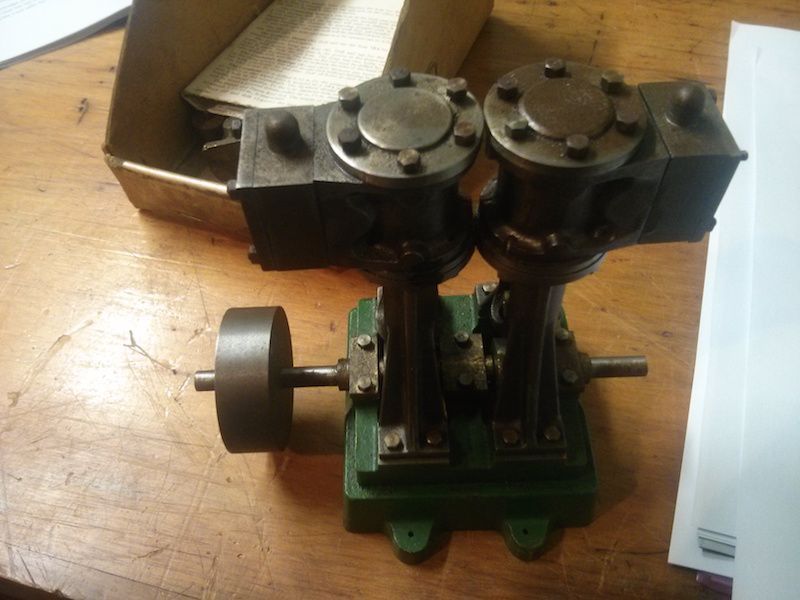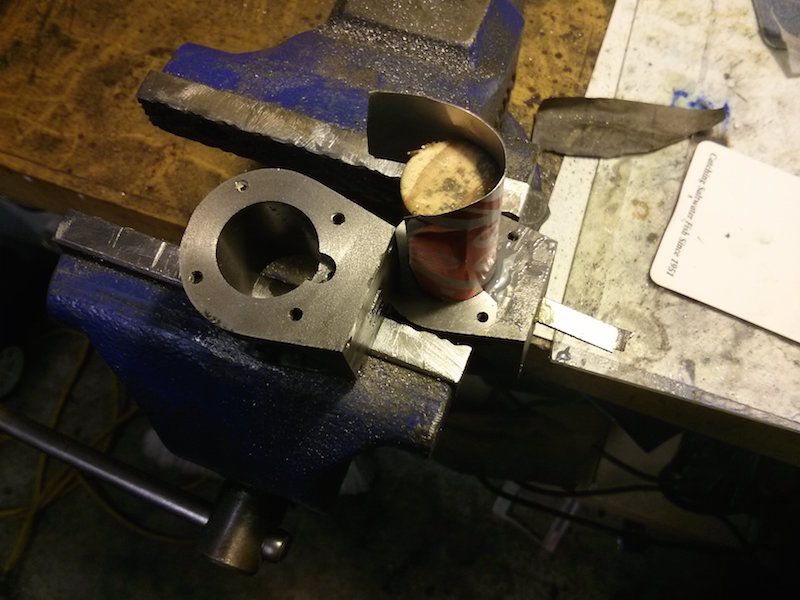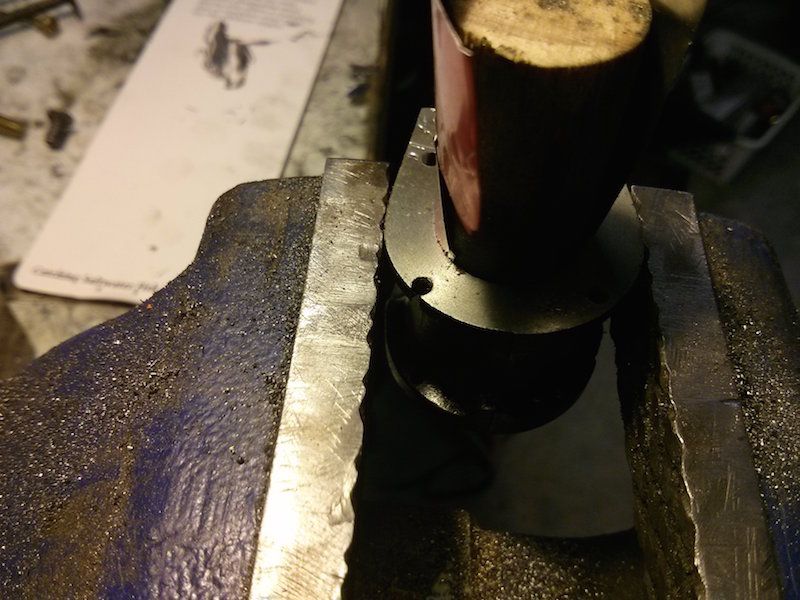Posted by Gordon W on 08/06/2015 09:05:28:
Just for interest all you gun people- I was told that that shotguns had the barrels and ribs soft soldered together, is that true and is it still so ?
That indeed used to be the case but very rarely nowadays. Depending which gun, soft soldered barrels sometimes cannot be hot blued. Mostly Silver Soldered is the case and the silver blues well. I have a .410 that was recently blacked and the soft solder is quite visible down both barrels. Modern factory produced production line guns are welded.
The trick with double guns – and this covers both shotguns and double rifles is "regulating" the barrels so no matter which barrel you discharge, the shot or bullet arrives at the same place. With a bit of luck, JohnF will be along in a minute and may better explain as this is something he does regularly and can describe far more eloquently than I can..
Finally, many, many early guns were Rust Blued, a technique which does not require Hot Blueing Tanks and there is no danger of seperation due to heat.
graham.
Sorry boys'n'girls not been paying attention otherwise occupied with fixing drains and mowing grass before the rain !
Well most gun barrels on British made guns are still soldered with tin and indeed so are many imported ones but Graham is correct in that most continental made shotguns are hard soldered, this is done in temperature controlled ovens so not to distort the assembly, it's also worth noting that largely the barrel assembly is on the mono block system rather than the way barrels are made in the UK, not universal there are always exceptions .
I don't know, but would stand corrected, of any maker who welds barrel assemblies. Recently in the UK there has been a development in the re-sleeving process to repair worn or damaged barrels where the joint is welded so it does not show but it does not depend on the weld for the strength of the joint it is for cosmetics only.
There are advantages and disadvantages with both systems but I won't go into that right now.
Blueing or blacking there are really two methods one is the rust blueing used extensively in Britain the highest temperature is 100*c I.e. Boiling water, the other is caustic bluing where the temperature is much higher. This is not suitable for soft soldered barrels not because of the temperature but because the salts used at the high temperature attack the tin and desolve it. Caustic blueing is faster and suits high volume production but is arguably not as durable as rust bluing. Providing the joint is tight and the excess solder removed on tinned barrels the joint should not show or be barely perceptible .
Believe me there is a great deal more to both of these processes than covered here but hope this helps a little.
Cheers John
 JasonB.
JasonB.







